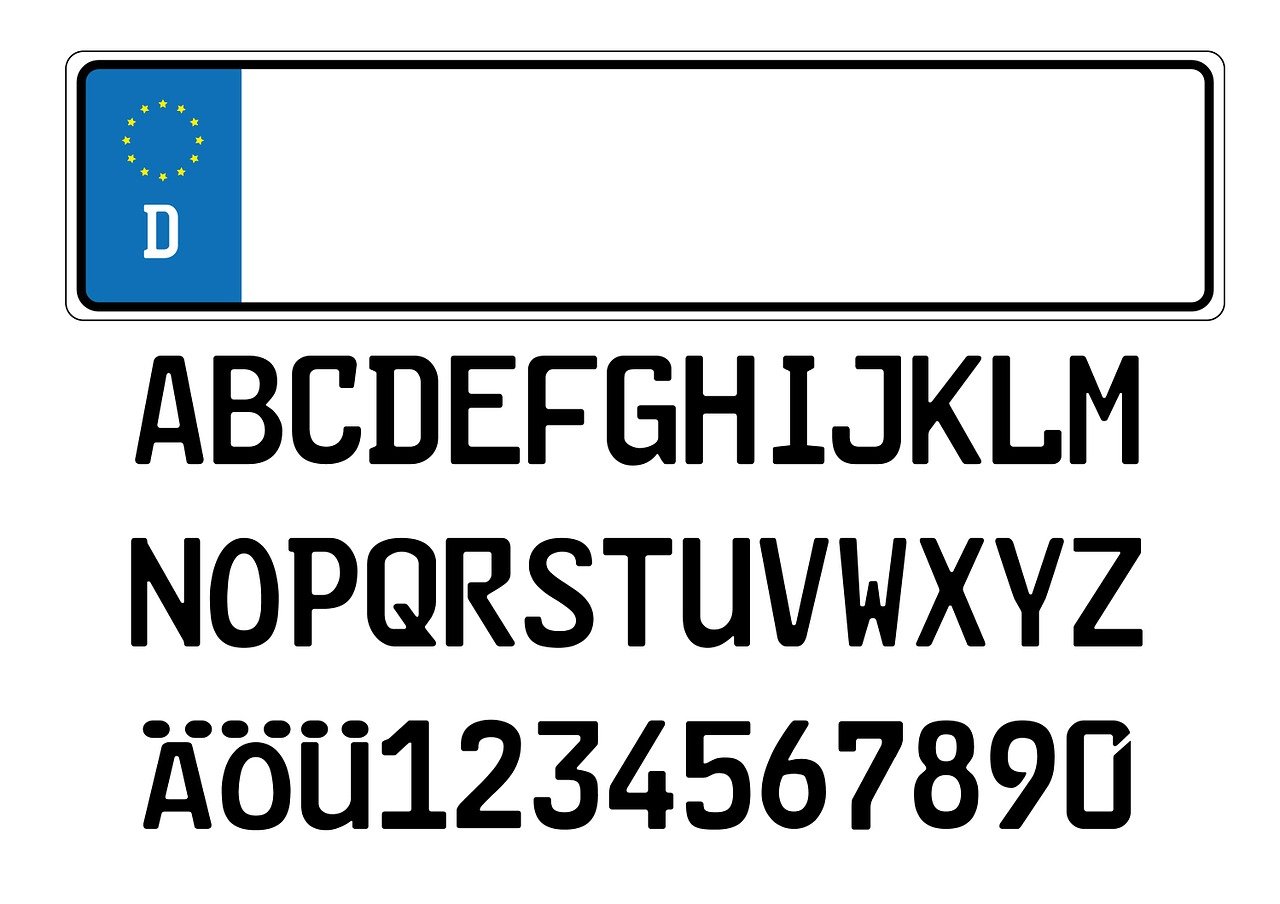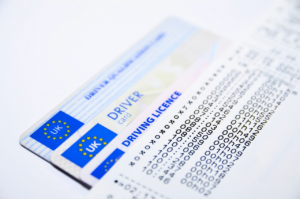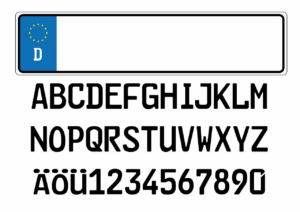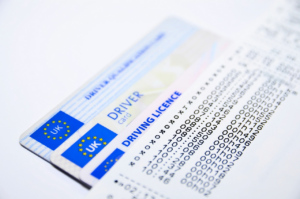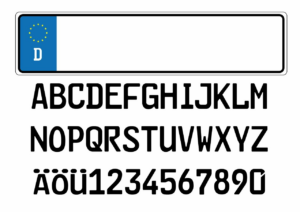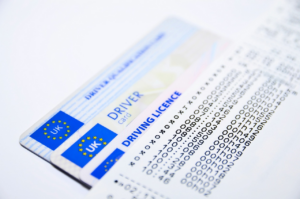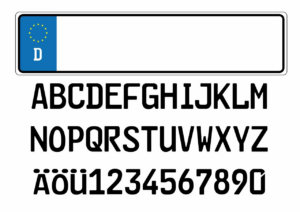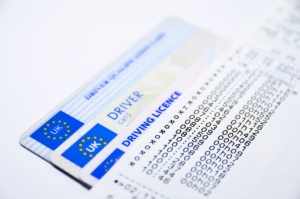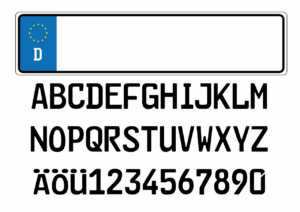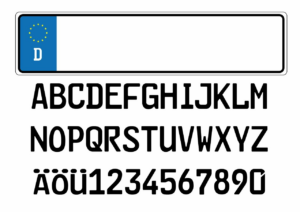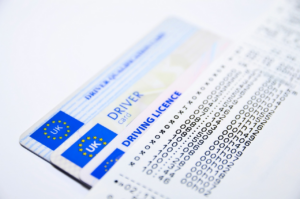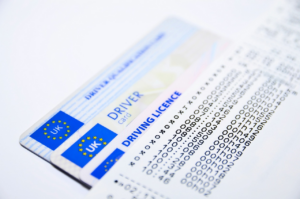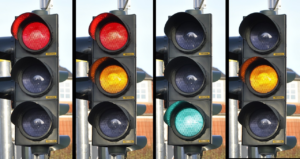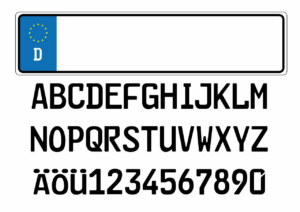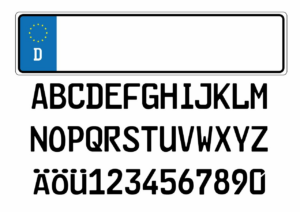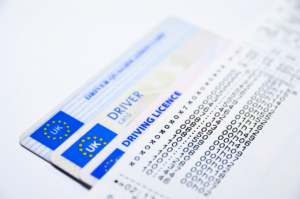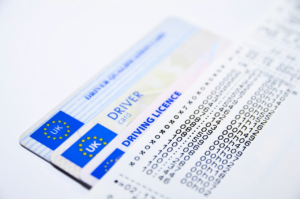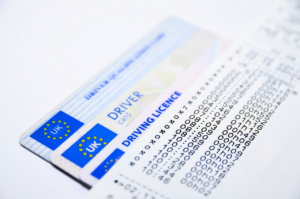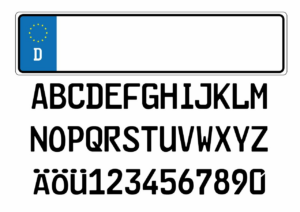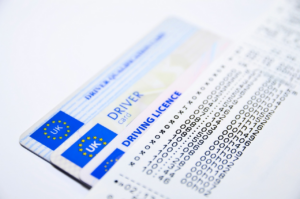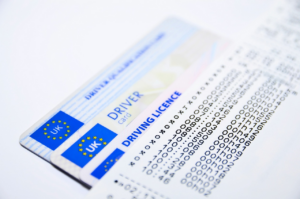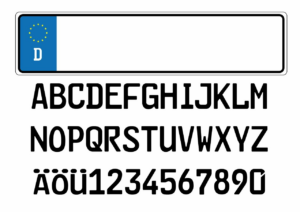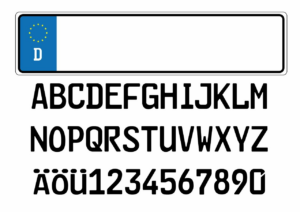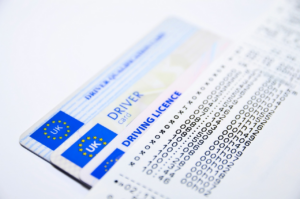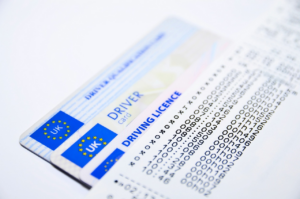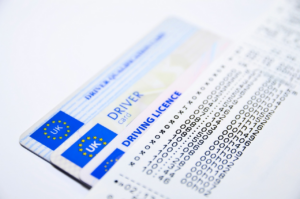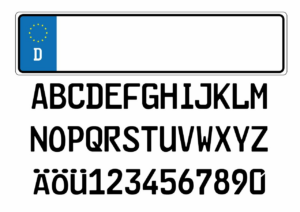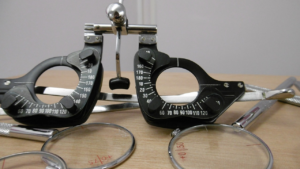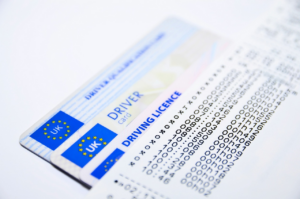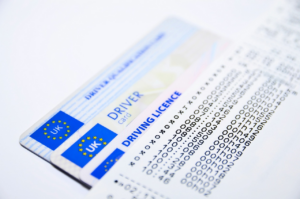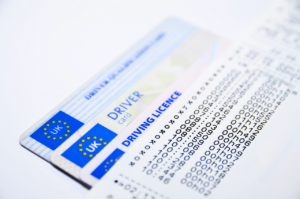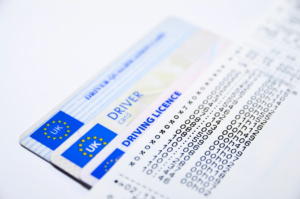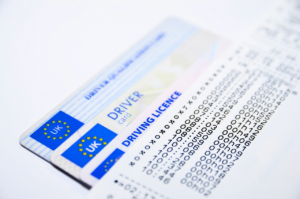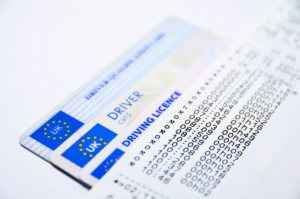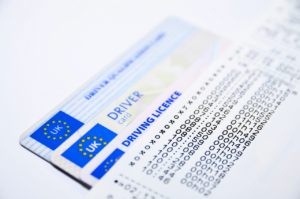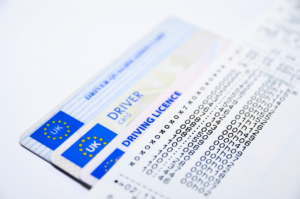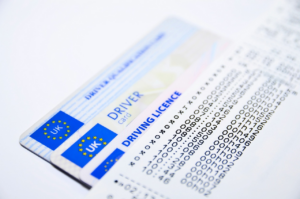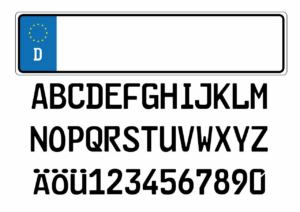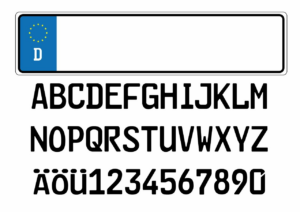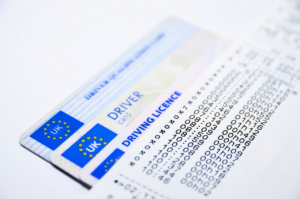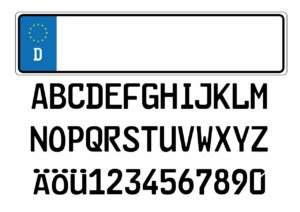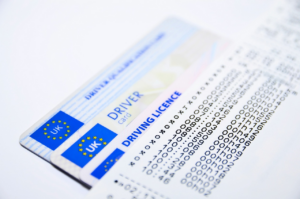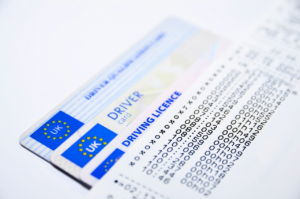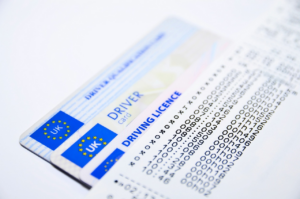Are you needing to renew your US driving license? It’s important to keep your license current to avoid any legal issues while driving. The good news is that renewing your license is a relatively straightforward process.
In this article, we’ll guide you through the steps to renew your US driving license.
First, you’ll need to check your eligibility and know your state’s renewal process. Each state has its own requirements and deadlines for renewing your license. It’s important to know what documents you’ll need and what tests you’ll have to pass before you can renew your license.
Once you have that information, you can gather the necessary documents and complete a vision test. Don’t forget to pay the renewal fee and wait for your new license to arrive.
We’ll cover all of these steps in more detail to help you successfully renew your US driving license.
Check Your Eligibility
Before you start renewing your US driving license, it’s important to confirm that you’re eligible. To be eligible for a renewal, you must have a valid license that hasn’t expired for more than a specified period, which varies from state to state. Additionally, you shouldn’t have any outstanding traffic violations or unpaid fines.
If you meet these criteria, you can proceed with the renewal process. However, if your license has been expired for an extended period, you may need to retake the written and/or driving tests. You should also be aware that some states require a vision test before renewing your license.
It’s important to check your state’s specific requirements before beginning the renewal process to avoid any delays or complications.
Know Your State’s Renewal Process
Get familiar with your state’s process for updating your driver’s license and avoid any potential roadblocks. Each state has its own renewal process, and it’s essential to know the specific requirements for your state.
Here are some things you should consider when renewing your US driving license:
-
Check the renewal period: Each state has a different renewal period, and it’s important to know when you’re eligible to renew your license.
-
Know the renewal options: Some states allow for online renewal, while others require an in-person visit to the DMV. Make sure you know your state’s options and requirements before starting the renewal process.
-
Prepare the necessary documents: You’ll need to provide specific documents to renew your license, such as proof of identity, residency, and insurance. Check your state’s requirements to ensure you have everything you need before going to the DMV.
By following these steps, you’ll be well-prepared to renew your US driver’s license and avoid any potential roadblocks. Remember to check your state’s process and requirements to ensure a smooth and stress-free renewal process.
Gather the Necessary Documents
To renew your driver’s license, you’ll need to gather a few documents. First things first, you’ll need your current driver’s license.
Next, you’ll need to provide proof of identity, such as a passport or birth certificate.
After that, you’ll need to show proof of residency, like a utility bill or lease agreement.
Finally, you’ll need to have your payment method ready to cover any fees associated with the renewal process.
Remember, make sure to have all of these documents in order before heading to the DMV.
Current Driver’s License
As you pull your worn driver’s license out of your wallet, you can’t help but notice the faded photo and the scuff marks from years of use. Your current driver’s license is a crucial document that you need to renew in order to continue driving legally.
When renewing your license, you’ll need to provide your current license as proof of identity. This means that you should take care of your license and keep it in good condition, as you’ll be using it to obtain your new license.
It’s important to note that you can’t renew your driver’s license if it has been expired for more than a certain amount of time. The expiration date is printed on the front of your license, so make sure to check it before beginning the renewal process.
If your license has already expired, you’ll need to go through the process of obtaining a new license, which may require additional documentation and testing. So, it’s best to renew your license before it expires to avoid any unnecessary complications.
Proof of Identity
Now we’re talking about proving who you are, and trust me, it’s not always as easy as holding up a peace sign and smiling for the camera.
When renewing your US driver’s license, you need to provide proof of your identity. This can be done by presenting a valid passport, birth certificate, or permanent resident card. If you don’t have any of these documents, you can also provide a combination of other documents such as a social security card, utility bills, or a bank statement.
It’s important to note that each state has its own requirements for acceptable forms of identification, so it’s best to check with your local DMV before heading out to renew your license.
Additionally, if you’ve recently changed your name due to marriage or divorce, you’ll need to provide documentation of that change as well.
Ensuring that you have all of the necessary documents before heading to the DMV can save you time and frustration in the long run.
Proof of Residency
You might be surprised to find out that proving where you live can be just as challenging as proving who you are. When it comes to renewing your US driving license, you need to provide proof of residency. This means showing documents that confirm your current address, which can be tricky if you’ve recently moved or don’t have traditional forms of proof like a utility bill in your name.
Here are three items that can help you provide proof of residency:
-
Lease agreement or mortgage statement: If you’re renting an apartment or own a home, you can use your lease agreement or mortgage statement as proof of residency. These documents will show your name and current address and are usually accepted by the DMV.
-
Bank statement: A bank statement is another option for proving your residency. It will show your current address and is a reliable document to use as proof.
-
Government-issued mail: Any mail that is sent to you from a government agency can be used as proof of residency. This includes things like a voter registration card or a tax bill. Make sure the mail is addressed to your current address and not an old one.
These documents can help you provide the proof of residency needed to renew your US driving license. Remember to check with your local DMV to see what specific documents they require as proof of residency.
Payment Method
To pay for the renewal of your driver’s license, all you need is a valid credit or debit card. The DMV accepts Visa, Mastercard, Discover, and American Express. You can pay online, by mail, or in person at a DMV office.
If you choose to pay online, make sure to have your card information handy and follow the prompts on the DMV website. You’ll receive a confirmation email once your payment has been processed.
If you prefer to pay by mail, you’ll need to fill out a renewal application form and include a check or money order for the renewal fee. The DMV accepts personal checks, cashier’s checks, and money orders. Make sure to include your current address and contact information on the form.
If you choose to pay in person, you can pay with cash, check, or card at a DMV office. Keep in mind that some DMV offices may have limited payment options, so it’s best to check ahead of time.
Complete a Vision Test
Passing a vision test is crucial to obtaining a valid driver’s license in the United States. Here are the steps you need to take:
-
Schedule an appointment with your local DMV or optometrist.
-
On the day of the appointment, bring your current driver’s license and any corrective lenses you may need to wear while driving.
-
Take a vision test, which typically involves reading letters or numbers on a chart from a certain distance.
-
If you pass the vision test, you’ll receive a certificate to take to the DMV to complete your license renewal.
It’s important to note that if you don’t pass the vision test, you may need to see an eye doctor and get corrective lenses before renewing your license. Don’t put off taking care of your vision as it’s essential for safe driving.
Pay the Renewal Fee
Now that you’ve completed your vision test, it’s time to move on to the next step in renewing your US driving license – paying the renewal fee.
This fee varies depending on the state you live in, but it’s typically around $30 to $50.
You can pay the fee online, by mail, or in person at your local DMV office. If you choose to pay online, make sure you have a valid credit or debit card handy.
Simply visit your state’s DMV website and follow the instructions to complete the payment process. If you prefer to pay by mail, you’ll need to fill out a renewal application form and include a check or money order for the fee amount.
Make sure to double-check the mailing address before sending in your application and payment. Lastly, if you decide to pay in person, you’ll need to visit your local DMV office and bring the necessary documents, such as your current driver’s license and proof of identification.
Once you’ve paid the fee, you’ll be given a new license with an updated expiration date. Congratulations, you’ve successfully renewed your US driving license!
Wait for Your New License
You’re eagerly awaiting the arrival of your shiny new license, which will soon make its way to your mailbox. Once you’ve paid the renewal fee and completed all the necessary steps, the DMV will process your application and send you your new license in the mail.
The waiting period can vary depending on the state you live in, but typically it takes anywhere from 7 to 14 business days to receive your new license.
While you wait for your new license, be sure to keep a copy of your renewal confirmation handy in case you need to prove your driving status. It’s also important to note that your old license will no longer be valid once you receive your new one, so be sure to destroy it or turn it in to the DMV.
Once your new license arrives, take a few minutes to review it and make sure all the information is correct. Congratulations, you’re now ready to hit the road with your renewed license!
Update Your Information
Time to make sure all your info is up-to-date on your driver’s license! Renewing your driver’s license is a great opportunity to update any outdated or incorrect information.
Visit your local DMV and bring any necessary documentation, such as a marriage certificate or legal name change paperwork, to update your name. You’ll also need to provide proof of your current address, so be sure to bring a recent utility bill or bank statement.
In addition to updating personal information, you may also need to update your medical information. If you have any medical conditions that may affect your ability to drive safely, you’ll need to disclose this information to the DMV. This may require a medical examination or additional paperwork, so be sure to check with your local DMV beforehand.
Remember, it’s important to keep your driver’s license up-to-date and accurate in case of an emergency or traffic stop.
Keep Your License Current
Maintaining a current and valid driver’s license is crucial for ensuring your ability to drive legally and safely. To keep your license current, you need to renew it before it expires.
The expiration date of your driver’s license can be found on the front of the card. If you fail to renew your license before the expiration date, you may be subject to fines and penalties, and you may not be able to legally drive until you have renewed your license.
To renew your driver’s license, you’ll need to visit your local Department of Motor Vehicles (DMV) office and provide proof of your identity, residency, and insurance. You may also need to take a vision test or a driving test, depending on your age and state requirements.
It’s important to check with your state’s DMV website or office beforehand to ensure that you have all the necessary documents and information for renewing your license. By keeping your license current, you can drive legally and safely, and avoid any unnecessary fines or penalties.
Frequently Asked Questions
What happens if your driving license has already expired?
If your driving license has already expired, you may face several consequences, such as fines, points on your license, or even having your license revoked. It’s important to note that driving with an expired license is illegal and can result in serious penalties.
To avoid these consequences, you should renew your license as soon as possible. Depending on your state, the process of renewing an expired license may differ, but typically involves completing a renewal application, passing a vision test, and paying a renewal fee.
It’s always best to check with your state’s Department of Motor Vehicles for specific requirements and deadlines. Don’t wait until it’s too late, renew your expired license today.
Can you renew your driving license online?
Renewing your driving license can be a hassle, but thankfully, most states now allow you to renew online. Before you get started, make sure you have all the necessary documents and information handy. This includes your current license number, social security number, and any necessary fees.
Once you’ve gathered everything, simply visit your state’s DMV website and follow the prompts to renew online. You may need to take a vision test or provide updated medical information, so be sure to read the instructions carefully.
Once you’ve completed the process, you’ll receive a new license in the mail within a few weeks. Renewing online is a convenient and easy way to ensure that your license stays up-to-date without having to visit the DMV in person.
Do you need to take a written or driving test to renew your driving license?
To renew your driving license in the US, you may or may not need to take a written or driving test depending on your state’s laws. Some states require a written test, which assesses your knowledge of the rules of the road, while others require a driving test, which evaluates your ability to operate a vehicle safely.
However, if you have a clean driving record and meet the age requirements, you may be eligible for a renewal without any tests. It’s important to check with your state’s Department of Motor Vehicles (DMV) to find out the specific requirements for renewing your driving license.
How long does it take to receive the renewed driving license?
Once you submit your application for a renewed US driving license, it generally takes around 1-2 weeks to receive it in the mail. However, this timeline may vary depending on the state you reside in and the backlog of applications.
You can check the status of your application online or by contacting your local Department of Motor Vehicles. It’s important to note that you shouldn’t drive without a valid license, so make sure to plan accordingly and renew your license before it expires.
Can you renew your driving license if you have outstanding traffic tickets or fines?
If you have outstanding traffic tickets or fines, you may not be able to renew your driving license until those debts are paid. Depending on the state you reside in, you may be required to show proof of payment or completion of any required programs before being eligible for renewal.
Ignoring outstanding fines can not only prevent you from renewing your license, but it can also lead to further penalties such as license suspension or even arrest.
It’s important to take care of any outstanding traffic tickets or fines as soon as possible to avoid any unnecessary consequences.
Conclusion
Congratulations! You’ve successfully renewed your US driving license. It’s important to remember that driving with an expired license can result in legal consequences, so it’s crucial to keep your license current.
Here are a few more tips to help you stay on top of your license renewal.
First, make sure to update your information if you move or change your name. This can often be done online or by mail, and it’s important to keep your license information up-to-date.
Additionally, it’s a good idea to set a reminder for yourself a few months before your license is set to expire so that you have plenty of time to complete the renewal process.
Remember, driving is a privilege, not a right, and it’s important to take it seriously. By following the steps outlined in this article, you can ensure that you are legally able to drive and that your license is up-to-date.
Safe travels!


